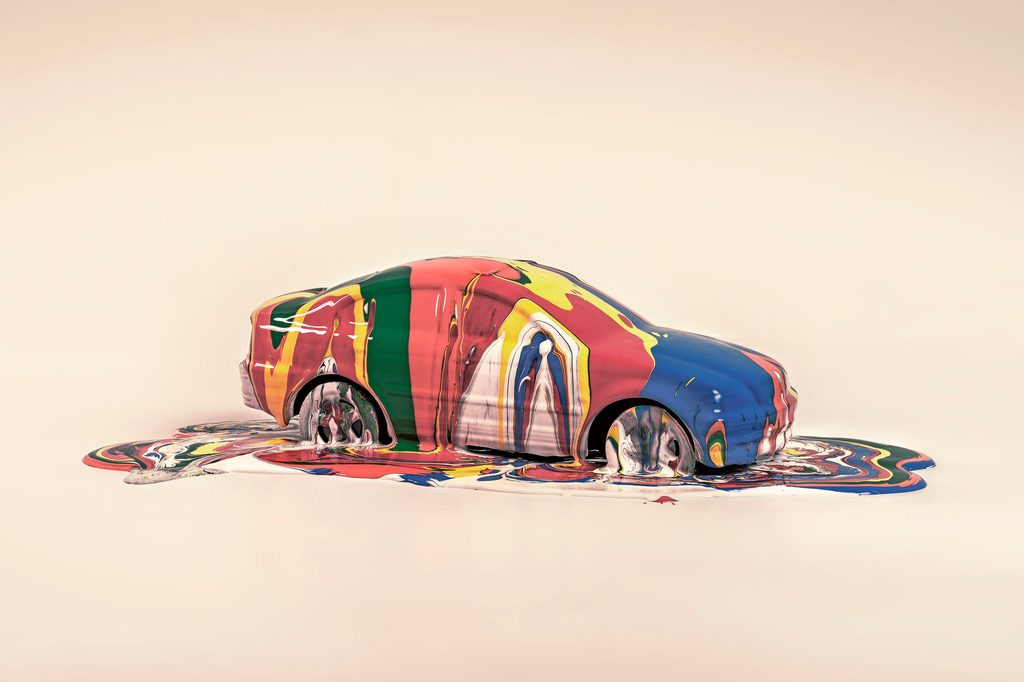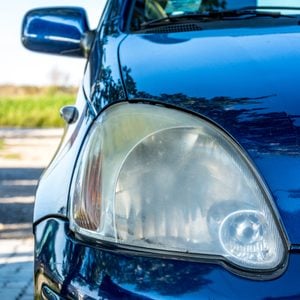Here’s How Different Car Colors Affect Your Chances of Getting into an Accident
Updated: Feb. 16, 2023

Next time you're in the market for a car, you may want to keep this color in mind.
A lot of thought goes into buying a new car, like what the interior and exterior features are, how the engine runs, and its safety technology. So perhaps the most enjoyable part of the process is deciding what color you’d like your new vehicle to be. As it turns out, the car colors you choose may be a factor in your chances of getting into an accident. Here are 34 car-buying secrets your dealer won’t tell you.
The safest car colors
According to Kelley Blue Book, silver is the most popular car color with white as a close second. Of the two car colors, however, white exceeds silver in its safety ratings, according to past research done by Monash University’s Accident Research Centre.
According to the study, white cars are 12 percent less likely to get into an accident than black cars are, regardless of the time of day. Cream, yellow, and beige cars also ranked closely behind white; yellow actually surpassed white as the safest color in some studies as well. For more car cautions, find out the 10 most unreliable car models according to Consumer Reports.
The most dangerous car colors
Besides black, which ranked as most dangerous, other dangerous car colors are grey (11 percent higher risk), silver (10 percent higher risk), blue (7 percent higher risk), and red (7 percent higher risk). Plus, check out these car brands mechanics avoid buying for themselves and read these unforgettable car stories, too.
Why the difference?
Well, the difference between light-colored and dark-colored cars is pretty intuitive: Light-colored cars are easier to see. “The reason brightly colored vehicles like white and yellow cars are less likely to be involved in an accident is the same reason they’re less likely to be stolen: visibility,” explains Jake McKenzie, Content Manager at Auto Accessories Garage. “A white car is much easier to see…than a darkly colored car.” This is certainly true at night when it’s dark outside, but even in daylight, darker-colored cars have less contrast with the road. “The better other drivers are able to see you, the more likely they are to hit the brakes before it’s too late,” McKenzie says. By the way, if you own any of these types of cars, you’re at a greater risk of having your car stolen. You’ll also want to know the most popular car the year you were born.
It’s only a small difference
A 12 percent difference is not nothing, of course, but keep in mind that many, many other factors play a far bigger role in car accidents, such as the quality of your and others’ driving, visibility, the weather conditions, and the condition your car is in. So if you’re suddenly nervous about getting a black car, just keep in mind that it’s not immediately destined to be accident-prone. Make sure you’re being as safe a driver as possible, no matter what color car you have. Heading to the dealership? Learn these 13 ways to outsmart your car salesman.
Sources:
- Jake McKenzie, Content Manager at Auto Accessories Garage
- Kelley Blue Book: “What are the Best Car Colors to Buy?”
- Monash University: “Crash risk higher for black cars”
- CarLoans.com.au: “Top 10 safest colours for cars”
- Citywide Law Group: “Car Color and Crash Risk”

